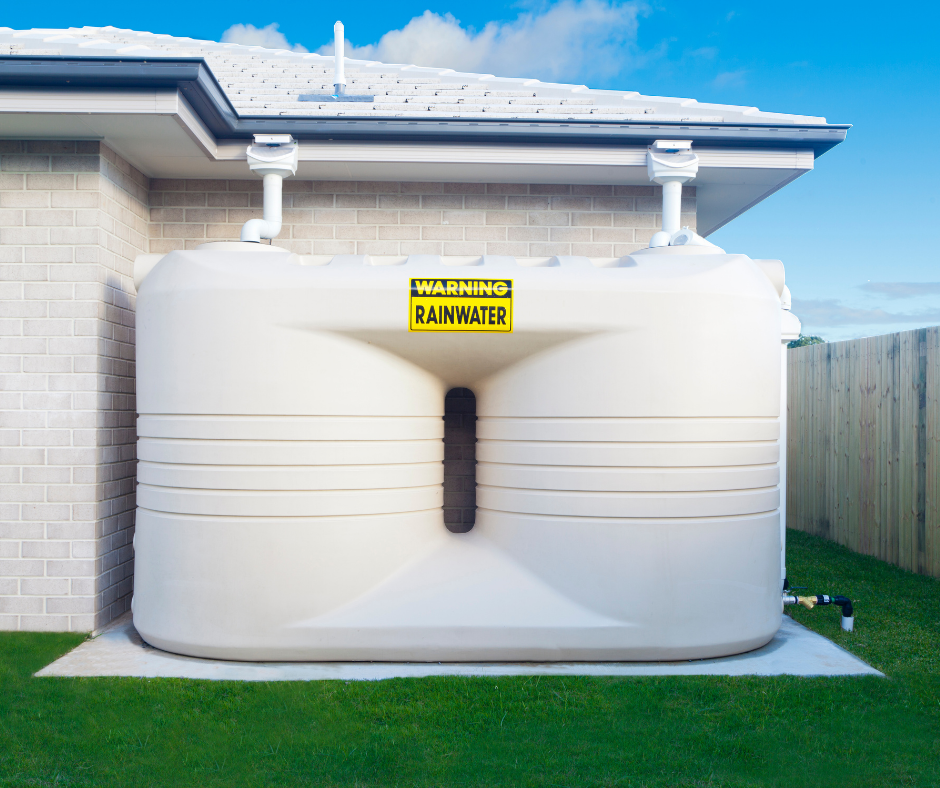Do you manage properties where tank water is the only source of water? If so, who is responsible for refilling the tank when it is empty?
The general consensus seems to be that the landlord is responsible for filling the tank at the start of the tenancy and the tenant is responsible for any refills thereafter.
This can be true in some instances but did you know that the property must have water efficiency measures in place to be able to make the tenant pay for refilling the tank? This is outlined in the Landlord Information Statement as follows:
If tank water is the only form of water supply to the property (i.e. water is delivered by vehicle), then you should ensure there is water in the tank at the start of the tenancy. Your tenant will be responsible for refilling the tank as needed during the tenancy, if the property meets the water efficiency measures.
In this circumstance, it would be well worth the cost of installing water efficiency devices for the landlord to avoid these extra costs and any disputes.
What water efficiency measures need to be in place?
• all showerheads have a maximum flow rate of 9 litres per minute
• all internal cold-water taps and single mixer taps for kitchen sinks or bathroom hand basins have
a maximum flow rate of 9 litres per minute
• any leaking taps or toilets on the property are fixed at the start of the agreement and
whenever other water efficiency measures are installed, repaired or upgraded
• from 23 March 2025, toilets are dual flush and have a minimum 3-star WELS rating.
Water efficiency measures should appear on the condition report .
Tenants can ask the landlord or agent to provide some evidence that water efficiency measures are installed. Landlords can provide proof in one of two ways:
- keep evidence for each individual water device: this must be written documentation such as receipts, warranties, instruction/installation manuals or plumber’s reports (you must be able to prove installation at the property)
- a water efficiency certificate to cover the whole property
It is best practice to obtain a water efficiency certificate for the property ensuring that all the above requirements are outlined individually in the certificate.
More information can be found on the NSW Fair Trading website: https://www.fairtrading.nsw.gov.au/housing-and-property/renting/during-a-tenancy/Water,-electricity-and-gas-in-rental-properties#Water

